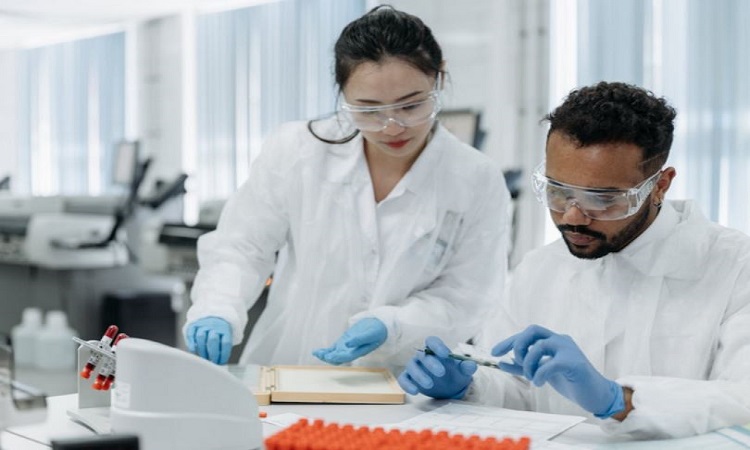 English
English

Lipids are the primary components of our cell membranes, which are made up of lipid bilayers. The lipid distribution is not uniform; it is asymmetric, having differing lipid contents in the outer and inner layers. Read further on Dynamite News:

Washington: Lipids are the primary components of our cell membranes, which are made up of lipid bilayers. The lipid distribution is not uniform; it is asymmetric, having differing lipid contents in the outer and inner layers.
P4-ATPases, also known as flippases, serve an important role in establishing and maintaining lipid asymmetry. These enzymes actively transport lipids from the outer (exoplasmic) leaflet to the interior (cytosolic) leaflet while also ensuring correct lipid distribution. The present study focused on the ATP8B1-CDC50A flippase complex, which resulted in numerous novel and revolutionary discoveries.
The function of ATP8B1 lipid flippase is critical for the regulation of bile production, a vital substance in our digestive system, but the direct link within bile producing liver cells remains unknown.
Additionally, recent studies have spotlighted the relevance of genetic variants in the regulatory segment of the ATP8B1 gene as a strong genetic marker for Alzheimer's resilience. Interestingly, mutations that impair function of the closely related ATP8B4 lipid flippase are oppositely important risk factors of Alzheimer's. It is therefore of strong interest to understand how ATP8B1 is linked to these processes and pathologies.
In the new study, the research team employed state-of-the-art cryo-electron microscopy techniques to capture nine different states associated with the lipid transport and determine structures at 2.4 to 3.1 A resolution for these states. These structural insights, combined with functional and computational studies, reveal the inner workings of the human flippase ATP8B1-CDC50A complex and its fine regulation by specific regulatory lipids known as phosphoinositides, or PIPs.
These findings open doors to a deeper understanding of how lipid flippases operate and the intricate roles they play in cellular processes and are regulated. Importantly, the study also resolves earlier discrepancies about the ATP8B1 transport substrates. (ANI)
No related posts found.